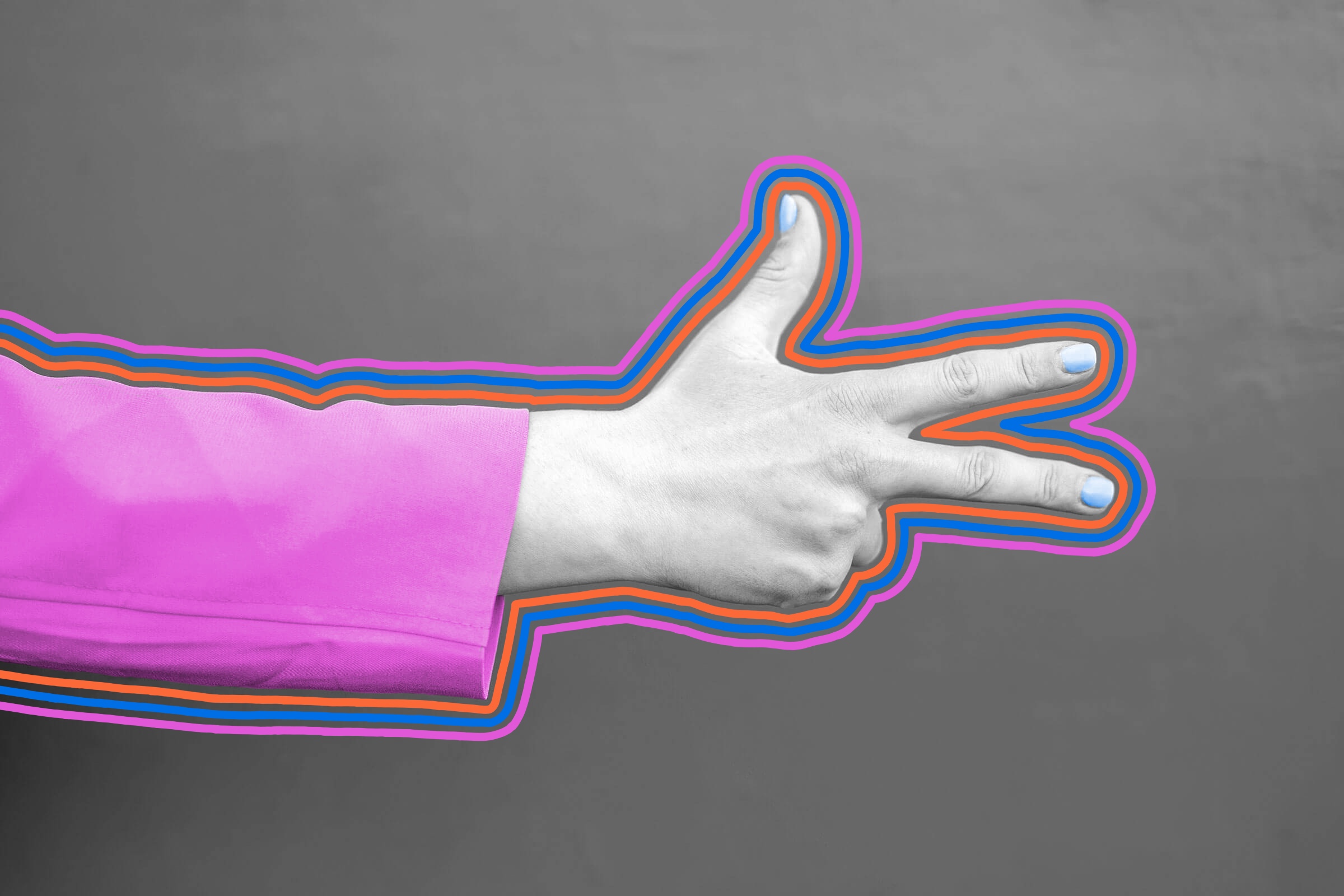
There are no muscles in human fingers.
One of the most complex parts of human anatomy is also one (or rather two) that we use hundreds of times per day yet often take for granted. Human hands are the body’s multipurpose tools, equipped with 27 individual bones; about half of those are found in our fingers, the tactile appendages that will bend and flex roughly 25 million times over the course of our life span. Our fingers are able to perform the everyday tasks we need thanks to thousands of nerve endings and touch receptors that can sense pressure, texture, temperature, movement, and more. But there’s one thing our hardworking digits don’t have: muscles.
Muscles make it possible for our bodies to move, and the human frame relies on more than 600, which are tasked with helping us in nearly every motion. So how do fingers perform the intricate tasks we require without them? Turns out human fingers are controlled by the muscles in our forearms and the tops and palms of our hands. Small intrinsic muscles in the hand allow the fingers to perform fine motor movements, while extrinsic muscles in the forearm and elbow control how the wrist and hand move. Finger bones (aka phalanges) are connected to these muscles by tendons — fibrous, cord-like connective tissues — and when the attached muscles contract, fingers are able to perform their range of motion. Flexor tendons in the palm help fingers to bend, while extensor tendons on the top of the hand are responsible for straightening the fingers back out — essential movements that allow our hands to touch, grasp, and hold objects.
Primates and humans tend to share some similarities, like having five fingers on each hand (along with five toes on each foot). But just like in the human world, there are anomalies among primates — like the aye-aye, a six-fingered lemur. Native to Madagascar, aye-ayes are the world’s largest nocturnal primate, utilizing bat-like ears that echolocate their prey. As researchers recently discovered, aye-ayes also differ from their primate relatives by relying on an extra thumb-like digit found near their wrist, though it’s unclear just how the finger is used. Aye-aye finger-related differences don’t end there; the lemurs tap their exceptionally long middle fingers against logs and limbs, using the reverberations to eke out an insect’s hiding spot before digging them out.

